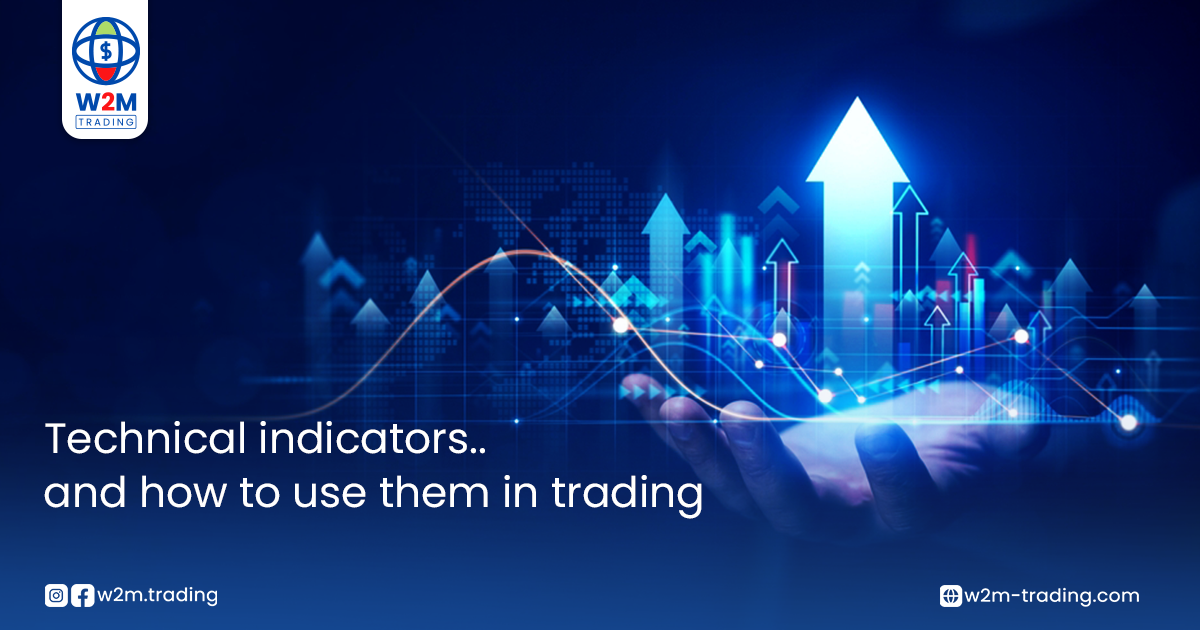- Attractive Education
- Beginner to Advance
- Flexible Timing

In the world of trading, technical indicators are among the essential tools that traders rely on to analyze the market and make well-informed trading decisions. If you’re a beginner in this field, technical indicators may seem complicated at first, but once you master their use, they become an integral part of your trading strategy. In this article, we’ll explore technical indicators, their types, how to use them, and the importance of each.
Technical indicators are mathematical tools used to analyze historical price and volume data in financial markets. These indicators are applied to market charts and help traders identify price trends, forecast future movements, and determine the best entry and exit points.
Technical indicators are not definitive predictions but provide signals that help traders make informed decisions based on accurate market analysis.
There are many technical indicators used in analyzing financial markets, and they can be categorized into several types based on their functions. Here are the most notable types:
Trend Indicators:
These indicators help determine the general market trend, whether upward or downward. The most important trend indicators include:
Moving Averages: One of the most widely used tools in trading. These indicators smooth out short-term price fluctuations to identify the long-term trend.
Average Directional Index (ADX): Measures the strength of a trend in the market. Traders can use it to determine whether the market is in a strong trend or not.
Momentum Indicators:
Used to measure the speed and volume of price movements. The most prominent of these indicators are:
Relative Strength Index (RSI): Helps determine whether an asset is overbought or oversold. Its values range between 0 and 100; 70 and above indicate overbought conditions, while 30 and below indicate oversold conditions.
Stochastic Oscillator: Compares the latest closing price to the price range over a certain period. It is used to identify points where trend reversals may occur.
Volatility Indicators:
Measure the amount of volatility or fluctuation in the market. Key indicators include:
Average True Range (ATR): Used to measure market volatility and helps determine the appropriate trade size.
Volume Indicators:
Used to measure the volume of trading in financial assets. The most notable of these indicators include:
On-Balance Volume (OBV): Measures money flow into the market using trading volume. If the indicator rises along with increased volume, it signals that the upward trend is continuing.
Knowing technical indicators alone isn’t enough; you need to learn how to use them correctly within your trading strategies. Here are some tips for effectively applying technical indicators:
Combine Indicators: It’s better to combine several indicators to get stronger signals. For example, RSI can be used with Moving Averages to get more accurate signals.
Indicator Crossovers: When using trend indicators like Moving Averages, crossovers can indicate trading opportunities. For example, when a short-term moving average crosses above a long-term moving average, it may signal a buy opportunity.
Identifying Support and Resistance Levels: Some indicators like the Stochastic Oscillator and RSI are used to identify potential support and resistance levels, which is key for determining entry and exit points.
Choosing the right technical indicators depends on your trading strategy and your market analysis style. There are some points you should consider:
Timeframe: Are you a day trader or a long-term trader? Indicators like Moving Averages may be ideal for long-term traders, while oscillators like RSI and Stochastic may be better suited for day traders.
Match with Market Conditions: Use trend indicators in markets showing clear trends, while momentum indicators can be used in highly volatile markets.
Technical indicators provide traders with powerful tools for systematically analyzing markets. Instead of relying on emotion or personal expectations, indicators offer objective signals that help traders make decisions based on actual data.
Forecasting Future Movements: Indicators provide signals that help identify future price trends.
Analyzing Current Trends: Indicators can show current trends and help determine whether it’s the right time to enter or exit.
Risk Management Strategies: By using technical indicators properly, traders can enhance their risk management strategies, such as determining trade size and stop-loss levels.
This site is protected by reCAPTCHA and the Google
Privacy Policy and
Terms of Service apply.